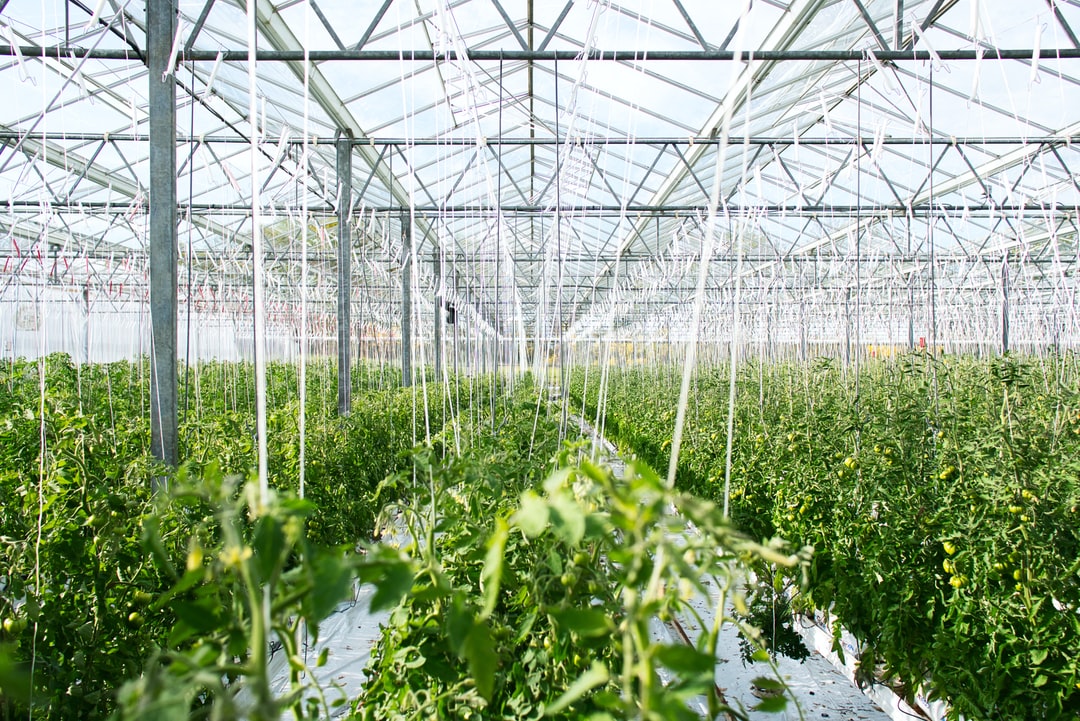| The Goals The project “Developing Agrobiobdiversity” aims to better understand the decline of agrobiodiversity in its multifaceted contexts –the relationship between women and men in breeding and utilisation is a part of these - and to launch the topic onto the social agenda. Conditions for sustainable, gender adequate animal and plant breeding will be illustrated, thus also contributing to the national implementation of the Convention on Biodiversity (Rio 1992). A predominant goal of the project is to secure sustainable food and development opportunities. Achieving this requires the preservation of not only diverse agricultural methods of use in regional and global contexts, but also the practical knowledge connected with this process. An example: Will the modern potato breeding improve quality characteristics and reach a greater resistance to diseases and varmints, then it is dependent on the genetic diversity growing naturally in the South American regions. Traditional cultivation methods and modern commercial cultivation are inseparably connected. It is also a matter of aspects of global equity. For example, the strengthening of local breeding practices impedes dependencies on market leading seed and animal feed manufacturers. |

Conservation: Efforts to maintain genetic resources of crops and livestock, ensuring their availability for future generations. This includes preserving traditional varieties and breeds that may be more resilient to changing climatic conditions and pests
Sustainable Use: Promoting practices that enhance the resilience of agricultural systems through diversified cropping patterns and integrated pest management. The goal is to create systems that are not only productive but also sustainable in the long term.
Climate Change Adaptation: Utilizing agrobiodiversity to develop agricultural systems that can adapt to climate change. This involves researching and implementing practices that enhance the ability of crops and livestock to withstand extreme weather events and changing climate conditions.
Education and Awareness: Providing resources and organizing events to educate farmers, researchers, and the public about the importance of agrobiodiversity. This includes workshops, training sessions, and conferences aimed at sharing knowledge and best practices.
Innovation Challenges: Hosting events like the Agrobiodiversity Innovation Challenge, which encourages the development of innovative